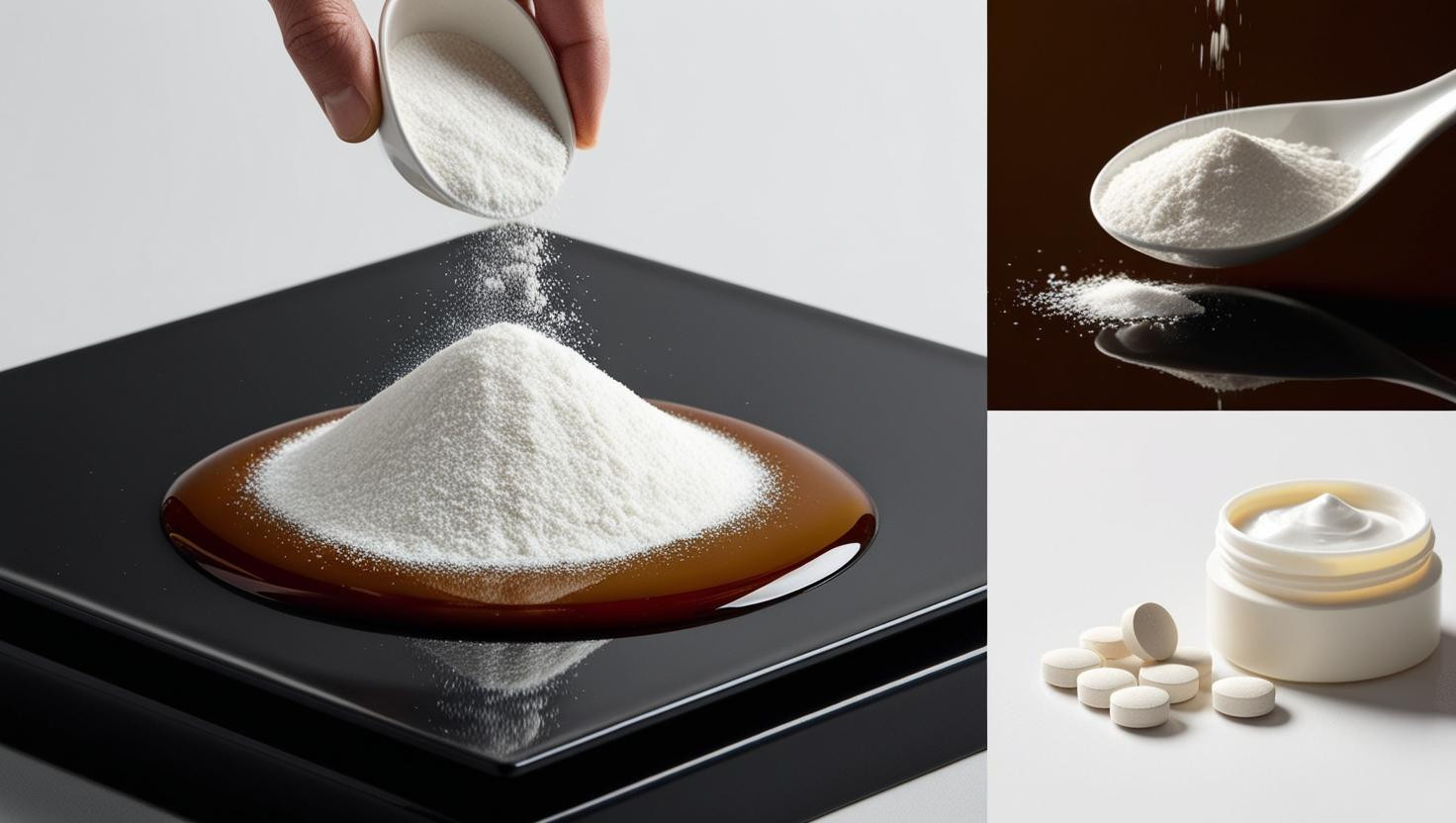

Published on May 22nd, 2025

In the ever-evolving world of food and product development, certain ingredients rise to the surface not just for their functionality but for their versatility and ability to transform everyday formulations into something extraordinary. One such unsung hero is tapioca maltodextrin. While it might sound like something straight out of a science lab, this natural carbohydrate derived from tapioca starch has quietly become a staple in both the culinary and commercial worlds.
Let’s explore why this simple white powder is making waves across kitchens, laboratories, and production floors worldwide.
Tapioca maltodextrin is a fine, neutral-flavored powder made by breaking down tapioca starch through hydrolysis. The result is a carbohydrate that’s easily digestible, soluble in water, and has a low sweetness profile. It’s typically classified based on its dextrose equivalent (DE), a number that indicates the degree of hydrolysis and thus the sweetness and solubility. In most applications, it’s used in its low-DE form, where it functions less as a sweetener and more as a functional ingredient.
But what does this mean for chefs, formulators, and consumers? Quite a lot, actually.
For chefs and food developers, tapioca maltodextrin offers a touch of magic. It’s especially popular in modernist cuisine, where chefs use it to transform high-fat or oil-based ingredients into powders. Picture olive oil that looks like dust or peanut butter that melts on your tongue as a powder. This is possible thanks to tapioca maltodextrin’s affinity for absorbing fats and converting them into a dry, fluffy texture.
This ability to carry flavors without altering them has given rise to playful and inventive presentations in fine dining. It's the kind of ingredient that invites creativity and sparks curiosity in every bite.
In processed food formulations, tapioca maltodextrin is more than just a novelty. It plays a supportive, structural role, working quietly behind the scenes to improve mouthfeel, stabilize emulsions, and extend shelf life.
It acts as a bulking agent, giving volume to powdered mixes such as drink powders, instant soups, and seasoning blends. Because it doesn’t carry a strong flavor of its own, it serves as a neutral carrier for spices, sweeteners, and even probiotics.
Its solubility and digestibility also make it ideal for sports drinks and nutrition powders, where rapid energy absorption is needed. And since it’s derived from tapioca, it’s often a go-to choice for gluten-free and allergen-conscious formulations, ticking the boxes for many dietary restrictions.
Interestingly, the usefulness of tapioca maltodextrin doesn’t end with food. In the cosmetic industry, it’s used to create smooth textures, stabilize emulsions, and absorb excess oil in skincare and makeup products. You might find it in face powders, lotions, or even dry shampoos.
In pharmaceuticals, it often functions as a filler or carrier in tablets and powders. Its mild taste and smooth mouthfeel make it an excellent choice for oral medications or supplements, especially when taste masking is needed.
One of the most compelling reasons tapioca maltodextrin is so popular today is its clean label appeal. As consumers grow more conscious about what’s in their products, manufacturers are turning to plant-based, minimally processed ingredients. Tapioca maltodextrin, being derived from a natural source and free from gluten and common allergens, fits beautifully into this narrative.
It allows brands to formulate products that are functional and stable without compromising on ingredient transparency or dietary inclusivity.
Tapioca maltodextrin might not be a household name, but it’s certainly an ingredient worth knowing. Whether it’s bringing innovation to your plate, texture to your lotion, or stability to your supplements, its versatility makes it a quiet powerhouse in modern formulations.
As our needs evolve and the demand for clean, functional, and inclusive ingredients continues to rise, tapioca maltodextrin is poised to remain a trusted ally for formulators across industries. It’s proof that sometimes, the most transformative ingredients are the ones working silently behind the scenes.
BackBe the first to know about new products, events and offers.